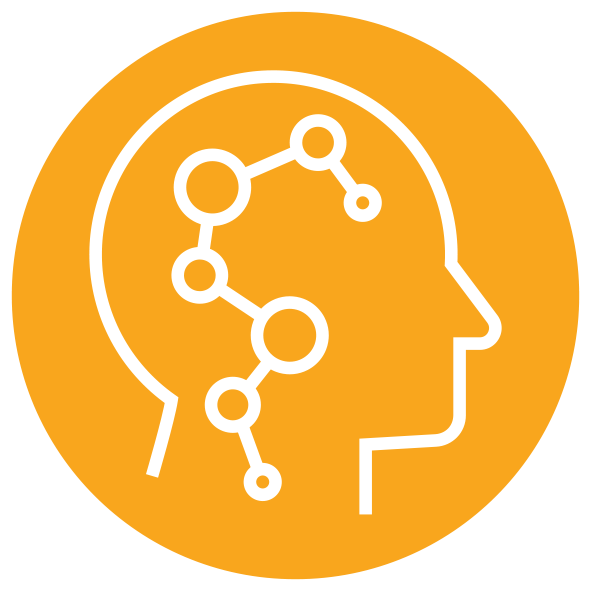Submitted by Yuen Xiang Hao
on November 30, 2013
QUANTUM SHORTS 2013: SHORTLISTED, OPEN CATEGORY
Day 3.
I first saw you two days ago, our eyes not meeting across the crowded train, your voice inaudible to me over the noise of the crowd as you laughed at a joke shared with a friend.
you
And I think you’re fascinating, and I think you’re interesting, because you’re a splash of colour in this crowd of gray on gray, with their eyes glued to their smartphone screens and their ears plugged into their music players, disconnecting complex people from the real and plugging them into the imaginary, rendering them intangible in all the myriad ways that exist in the here and now.
are
But not you, because even after your friend got off, you remained here, looking upwards and outwards of the train cabin at the morning sky, at the molten firmament being pounded on the blacksmith’s anvil into the promise of a new day with a smile on your face. And the train dips below the ground and into the mouth of the tunnel.
watching
I want to talk to you, I want to reach out to you, I want to make contact and connect with you, just as a human to another human.
me
But I won’t. I can’t.
aren’t
Because there are rules.
you
The train is crowded. The train is always crowded, and when the crowd gets this thick, a set of unspoken rules comes into play:
Don’t meet anyone’s gaze. Don’t look at what they’re doing. Stare off into space, draw your sphere of exclusion around you, and never, not once, acknowledge the awkward closeness of those squeezed next to you.
And in a stroke, we render ourselves into featureless, inert particles, ideal classical datapoints that form a neat trendline in some civil servant’s office whose job it is to optimise traffic flow.
Consider a spherical cow…
That’s an old joke, a joke so ancient that it is essentially truth. Neglect the friction from the inevitable collisions, inculcate social mores and politeness to damp down on the inevitable rise in emotional temperature, and we all become the perfect average man that Quetelet imagined, in a featureless entities frictionless, airless vacuum where everything that makes us who we are become unobservable.
And from this sterile world the only escape lies in cyberspace, diving deep into the anarchic chaos where the classical rules do not apply.
And we wonder why we never talk to one another.
Day 4
There you are again.
hey
We are wavefunctions, or so the reasoning goes, a trillion trillion superposed wavefunctions with hidden variables tucked away under our surface, until only the surface is observable. We are degenerate Schrodinger icebergs that interact unpredictably and occasionally violently when all the imaginary axes that we have to grind — and yet reveal to no one — interfere and stack up, forming rogue waves and rolling combers that rock the boat and shatter our world.
I
Leaving us to pick up the broken shards and fragments of who we know we truly are.
could
That’s why we shouldn’t talk to strangers, because to let someone into our lives is to give up our very souls. Define your boundaries with clarity; defend them with certainty. It’s a matter of principle.
come
That’s why I shouldn’t talk to you.
to
That’s why you won’t talk to me.
know
Because we are classical datapoints, inert spheres that interact neatly, safely, with no ultraviolet catastrophe to clean up afterwards.
you
Because we’re strangers.
too
Classical physics is psychohistory; statistical mechanics is social engineering.
Correction: social engineering is statistical mechanics with gunpowder, because when it blows, when it all goes, all your models disappear in a blast of adiabatic fire.
Football riots. London burning. Gang wars.
Not safe at all.
Stay safe. Stay classic.
Day 10
You are different today. I can feel it; feel it in a way that transcends conscious knowledge.
you are
You still stare at the sky, at the way the unrisen sun plays a chiaroscuro of light and shadow across the underside of the scudding clouds with their promise of uncertain rain. You still laugh with your friend, still smile at internal jokes that only you know, and still move with the same grace and elegance that comes from knowing one’s exact place in the universe, give or take some uncertainty.
still not
But you are not the same.
listening
We are apart; we are separate. We are individuals; each one of us a self-contained wavefunction that sees no evil, hears no evil, speaks no evil, and, ultimately, touches nobody.
to me
So I don’t ask you what’s wrong. All I know is that you radiate expectation, emit uncertainty, and resonate with the bittersweet melancholy of unfulfilled dreams.
are you
That’s what being human means; it means being alone.
are you certain
Yes.
so very certain
Absolutely.
look up
What?
now
I look up, and your eyes meet mine.
And you smile
What about now?
Uncertain.
About the Author:
Yuen Xiang Hao teaches physics and astronomy at an independent school in Singapore, with an occasional sideline into creative writing, photography and other forms of irrationality



